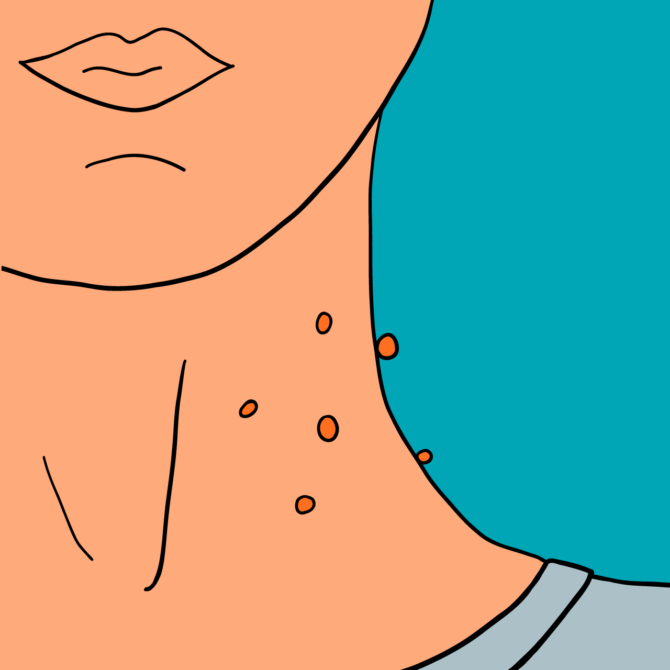Skin Tags
Skin tags are small growths made of loose collagen fibres and blood vessels encapsulated in skin. Skin tags typically occur in parts of the body where your skin rubs against either other skin or your clothing. Skin tags are very common and are benign, not usually causing pain or discomfort, but they can become inflamed if your skin rubs them or your clothing chafes them. Skin tags can also cause inflammation to the skin around them, especially when they occur in high-friction areas such as the armpit.
Many people find skin tags unsightly, especially when they occur in areas of skin that are typically exposed in public.The medical term for skin tag is acrochordon, and you might see the word acrochordonectomy used for removal of skin tags.





 The Tweakments Chatbot
The Tweakments Chatbot